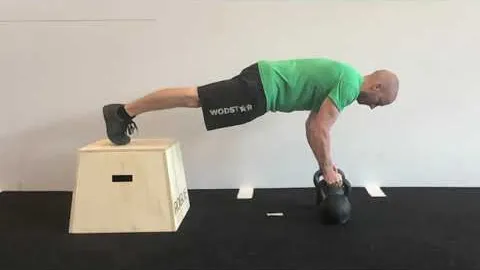
The decline push up on kettlebell exercise is an advanced variation of the traditional push up that targets the chest, shoulders, triceps, and core muscles. This exercise involves elevating your feet on a bench or step while placing your hands on kettlebells on the ground. By adjusting the angle of your body, you can increase the resistance and intensity of the push up.
To perform the decline push up on kettlebell exercise, follow these steps:
It's important to keep the following safety tips in mind while performing the decline push up on kettlebell exercise:
Once you have mastered the decline push up on kettlebell exercise, you can consider adding variations or progressions to continue challenging your muscles and further enhance your strength and stability. Here are a few options to consider:
The decline push up on kettlebell exercise is an excellent way to take your upper body strength and stability to the next level. By incorporating this advanced variation into your workout routine, you can achieve greater muscle definition, improved core strength, and enhanced balance. Remember to practice proper form, progress at your own pace, and listen to your body to ensure a safe and effective workout.
If you're looking for a gym, fitness club or yoga studio, you've come to the right place.
You can find information about gyms in your area. Browse catalog of gyms and find gyms with classes which are you looking for.
On gym page you can find simple information like address, phone or website. You can find list of available classes. You can check availability of personal training or small group classes. On place page you can also see information about open hours.
You can find gyms near you with amenities, courts, studios and equipments.
Use our map to find gym at your city or district.
In Gym Navigator you can find list of exercises with movies for many body parts.
You can browse exercises catalog and find exercises the best of you.
You can also find exercises grouped into workout plans, which you can use to improve you body. Each routine show you exercises one by one and give you possibility to count you progress and count down rest time.